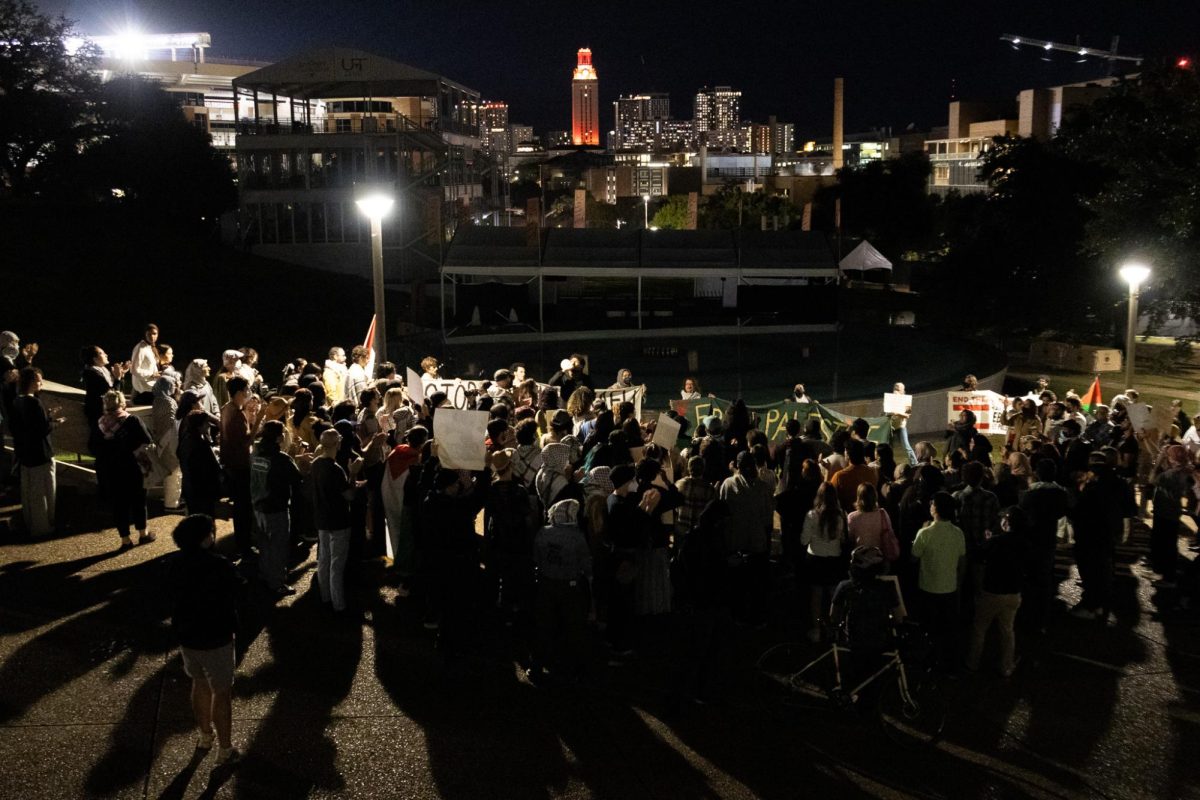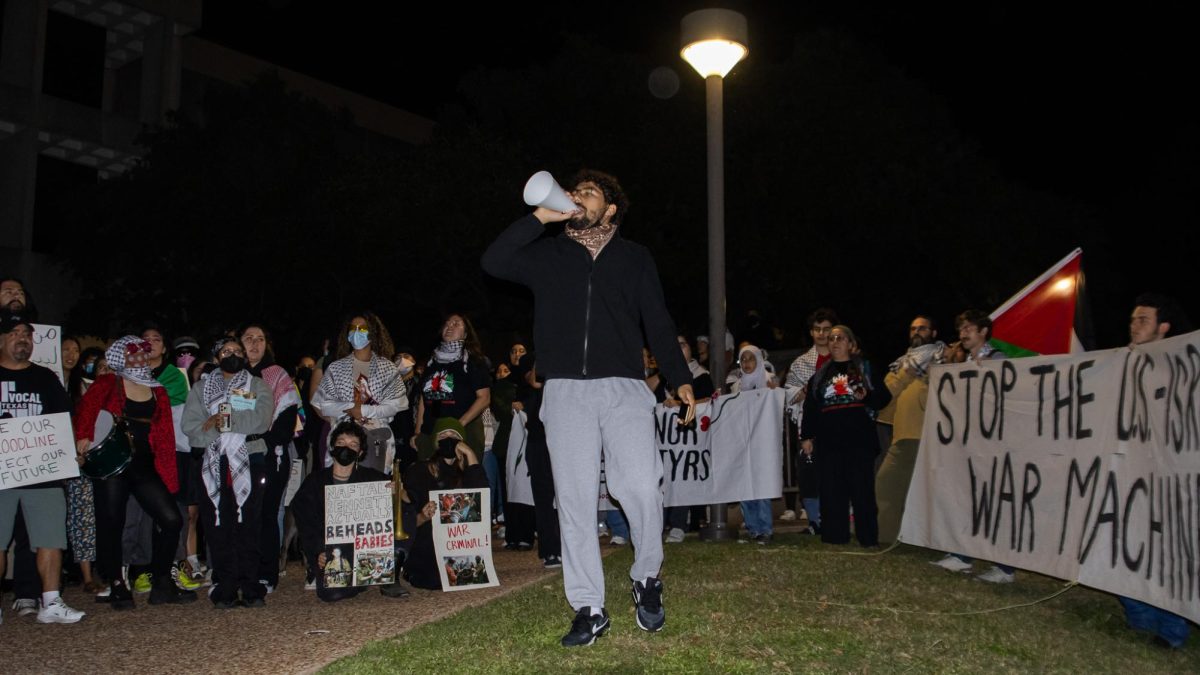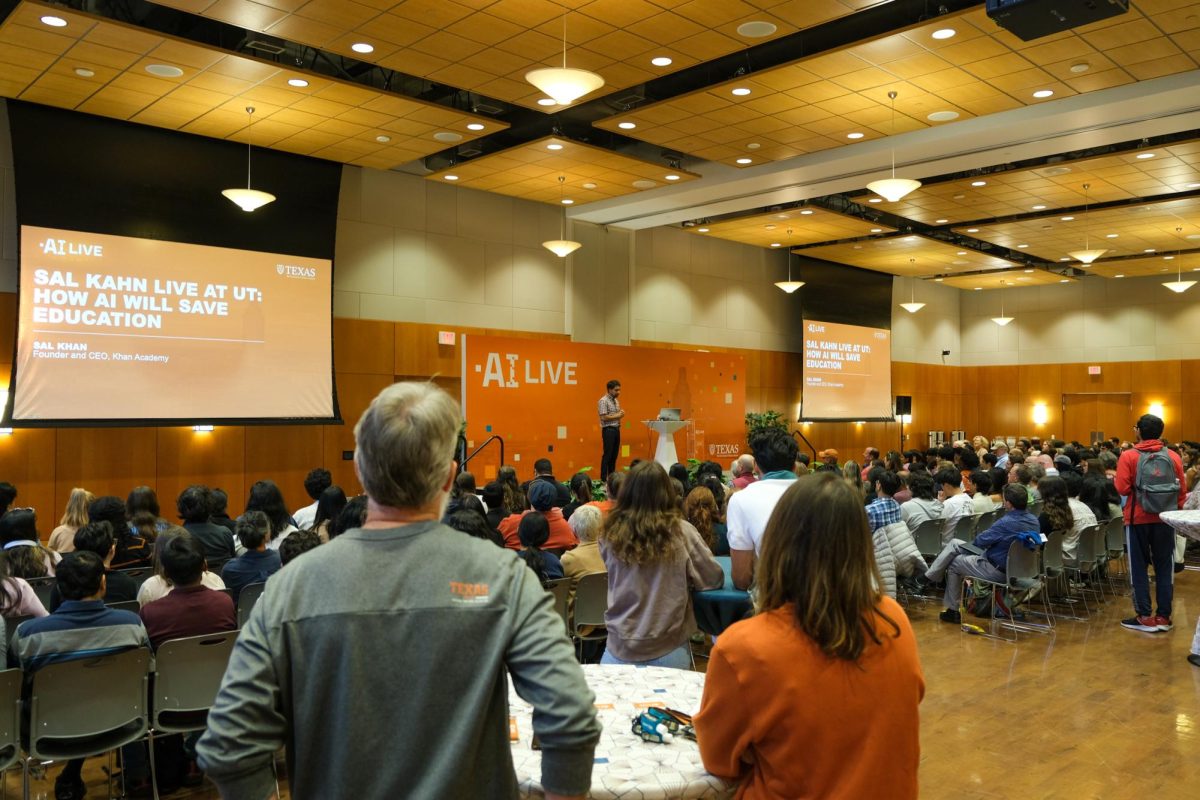Reports of use of force incidents among University of Texas System institutions rose 42 percent, with 111 incidents from January to December 2017, according to a recent report from UT System Police.
“A hundred and eleven (incidents) is definitely an increase, but it’s not that dramatic of an increase over the last five years,” said David Ferrero, chief of staff for UT System’s Office of the Director of Police.
Use of force can be divided into six distinct categories: officer presence, verbal communication, empty hand control, handcuffs and restraints, less lethal force and lethal force, according to UT System police policy. According to the report, there was an average of 91 use of force incidents per year from 2013 to 2017.
UT Medical Branch in Galveston had the greatest number of use of force incidents, Ferrero said.
“(One reason) could be UTMB had to respond more to their emergency room and dealing with patients than they had to do the year before,” Ferrero said. “That primary 20 percent (increase) could be related to (UTMB), but not the single cause.”
Typically, use of force incidents are reported by police officers, and these incidents are reviewed by the chief of their department. Merritt then compiles the data from these individual departments into a system-wide report.
Police recorded 271 individual actions and responses qualifying as use of force that were executed by police in these 111 incidents. The majority were verbal commands, according to the report. Ferrero said UT System stresses the use of de-escalation in use of force settings. De-escalation is the use of “effective communication” in instances of likely force.
UT System Police Academy utilizes the training system Multiple Interactive Learning Objectivers (MILO) Range to train academy cadets and police officers about use of force, Merritt said. The system consists of an interactive simulation that places users in various real-world situations, testing different levels of use of force.
“We want to make sure that their skill sets don’t diminish and each one of those programs, there’s a verbal component to it also,” Merritt said.
David Carter, UT Police Department chief, said the majority of the use of force incidents he sees from UTPD do not involve actual physical force.
According to the report, UT-Austin only had five instances of use of force. Carter said during his time at UT he has not come across excessive use of force from UTPD officers.
Ferrero said the release of police data such as the use of force report helps to inform the public about the actions of the departments that protect and serve UT institutions.
“Our primary mission is to serve the needs of the students, the faculty, the employees and visitors,” Ferrero said. “To be effective, we have to know and interact with the public and we depend on (their) feedback. This report is really generated on how we can help (them).”

















